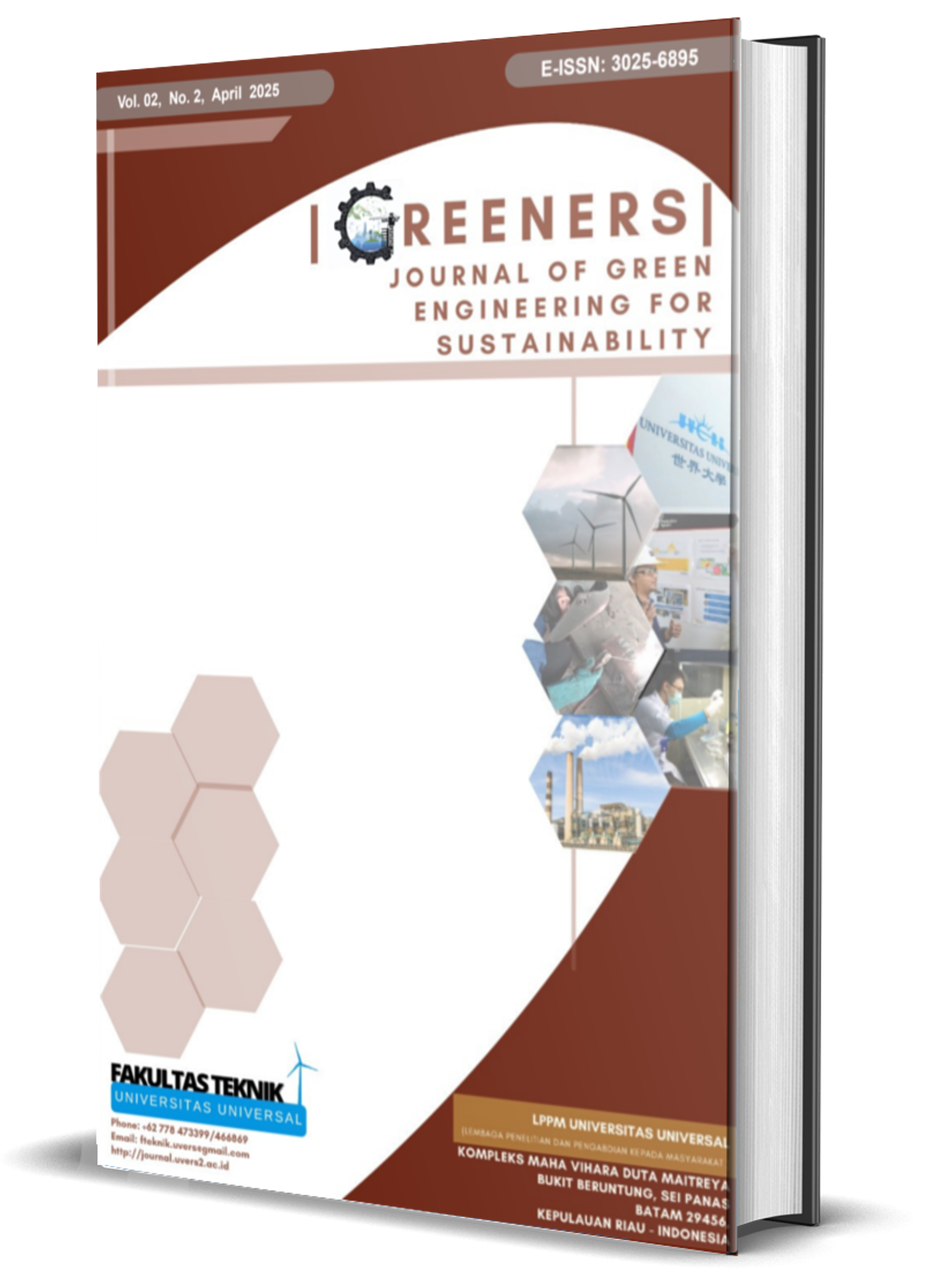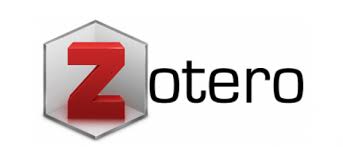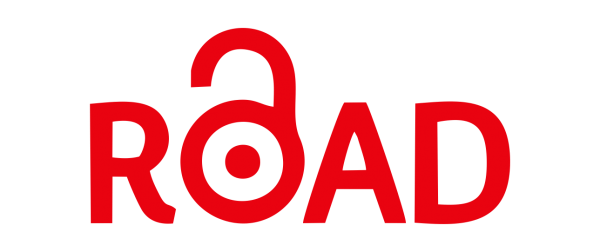The Best Time Series Model For Elotex Demand Forecasting
DOI:
https://doi.org/10.63643/jges.v2i2.275Keywords:
Inventory Management, Forecasting, Time Series, Moving Average, RMSEAbstract
Inventory management is carried out to ensure the accuracy of raw material stock in the warehouse. In a chemical raw material distribution company, stockpiling or shortages of raw materials often occur due to fluctuating customer demand. The company is at risk of indirect losses if the product is not sold immediately or if it becomes unavailable. When products are not sold promptly, there is a potential loss due to the limited shelf life of the goods. On the other hand, when products are not available, the company risks losing its customers. The objective of this study is to design a time series model to predict the quantity of chemical raw materials by comparing the accuracy of the Moving Average, ARIMA, and ARMA models. The comparison results will be based on historical demand data for one of the company's products. The product selected in this study is the chemical raw material Elotex, which has the highest demand. The sample data used spans from 2015 to 2023 in daily units. The selection of the best method in this study is determined by considering the model with the lowest RMSE (Root Mean Square Error) value. The research results show that the RMSE value for the Moving Average (MA) model is 3052.7560, the ARIMA model is 4247.9554, and the ARMA model is 4241.8059. Thus, the Moving Average (MA) model, having the lowest RMSE value, is the most accurate model for forecasting the purchase of Elotex chemical raw materials.
References
N. Burganova, P. Grznar, M. Gregor, and Š. Mozol, “Optimalisation of Internal Logistics Transport Time through Warehouse Management: Case Study,” Transp. Res. Procedia, vol. 55, pp. 553–560, 2021, doi: 10.1016/J.TRPRO.2021.07.021.
W. Ahmad Jauhari, “Sustainable inventory management for a closed-loop supply chain with energy usage, imperfect production, and green investment,” Clean. Logist. Supply Chain, vol. 4, Jul. 2022, doi: 10.1016/j.clscn.2022.100055.
M. Safitri and D. Nirmala, “Aplikasi Inventory Manajemen Aset Berbasis Web,” IJCIT (Indonesian J. Comput. Inf. Technol., vol. 4, no. 1, pp. 21–26, 2019.
Bresman, Fajrizal, and Guntoro, “Aplikasi Forecasting Stok Barang menggunakan Metode Single Exponential Smoothing Pada A&W Restaurant Mall Ciputra Seraya Pekanbaru,” Prosiding-Seminar Nas. Teknol. Inf. Ilmu Komput., vol. 1, no. 1, pp. 323–330, 2020.
M. Ngantung, A. H. Jan, A. Peramalan, P. Obat, M. Ngantung, and A. H. Jan, “Analisis Peramalan Permintaan Obat Antibiotik Pada Apotik Edelweis Tatelu,” J. EMBA J. Ris. Ekon. Manajemen, Bisnis dan Akunt., vol. 7, no. 4, pp. 4859–4867, 2019, doi: 10.35794/emba.v7i4.25439.
U. Praveen, G. Farnaz, and G. Hatim, “Inventory management and cost reduction of supply chain processes using AI based time-series forecasting and ANN modeling,” Procedia Manuf., vol. 38, pp. 256–263, Jan. 2019, doi: 10.1016/J.PROMFG.2020.01.034.
Ismail and H. Rahman, “Implementasi Metode Peramalan (Forecasting) Dalam Menentukan Jumlah Penjualan Pada Cv. Xyz,” IESM J. (Industrial …, pp. 147–156, 2022,
L. Nababan et al., “Penggunaan Metode Winter Exponential Smoothing,” J. Sist. Inf. Kaputama, vol. 6, no. 2, pp. 373–381, 2022.
M. S. P. Hariyadi and H. Suliantoro, “Usulan Perencanaan Safety Stock & Forecasting Demand Pada Persediaan Bahan Material Kayu Kamper Dengan Menggunakan Metode Time Series Pada Pt. Bintang Putra Prima,” Ind. Eng. Online J., vol. 11, no. 3, pp. 1–12, 2022, [Online]. Available: https://ejournal3.undip.ac.id/index.php/ieoj/article/view/34896%0Ahttps://ejournal3.undip.ac.id/index.php/ieoj/article/download/34896/27350
A. Kumila, B. Sholihah, E. Evizia, N. Safitri, and S. Fitri, “Perbandingan Metode Moving Average dan Metode Naïve Dalam Peramalan Data Kemiskinan,” JTAM | J. Teor. dan Apl. Mat., vol. 3, no. 1, p. 65, 2019, doi: 10.31764/jtam.v3i1.764.
A. S. Arifin and M. I. Habibie, “The prediction of mobile data traffic based on the arima model and disruptive formula in industry 4.0: A case study in Jakarta, Indonesia,” Telkomnika (Telecommunication Comput. Electron. Control., vol. 18, no. 2, pp. 907–918, 2020, doi: 10.12928/TELKOMNIKA.v18i2.12989.
C. T. U. Le, W. L. Paul, B. Gawne, and P. Suter, “Integrating simulation models and statistical models using causal modelling principles to predict aquatic macroinvertebrate responses to climate change,” Water Res., vol. 231, no. September 2022, p. 119661, 2023, doi: 10.1016/j.watres.2023.119661.
X. H. Xu, L. Ye, Y. Pei, L. Zhao, and J. J. Wang, “Research on the Comprehensive Evaluation of the Higher Education System Based on FCE and ARMA Models,” Complexity, vol. 2022, no. ii, 2022, doi: 10.1155/2022/3142579.
A. A. Abidin, P. F. Buiney, and D. A. Nohe, “Peramalan Data Ekspor Kalimantan Barat Dengan Metode Autoregressive Integrated Moving Average (Arima),” … Nas. Mat. dan …, pp. 96–107, 2022, [Online]. Available: http://jurnal.fmipa.unmul.ac.id/index.php/SNMSA/article/view/900%0Ahttp://jurnal.fmipa.unmul.ac.id/index.php/SNMSA/article/download/900/380
C. A. Melyani, A. Nurtsabita, G. Z. Shafa, and E. Widodo, “Peramalan Inflasi Di Indonesia Menggunakan Metode Autoregressive Moving Average (Arma),” J. Math. Educ. Sci., vol. 4, no. 2, pp. 67–74, 2021, doi: 10.32665/james.v4i2.231.
Downloads
Published
How to Cite
Issue
Section
License
Copyright (c) 2025 Zhakia Irsalina Fitra, Fergyanto E. Gunawan, Sri Wahyu Nensi

This work is licensed under a Creative Commons Attribution-ShareAlike 4.0 International License.
















